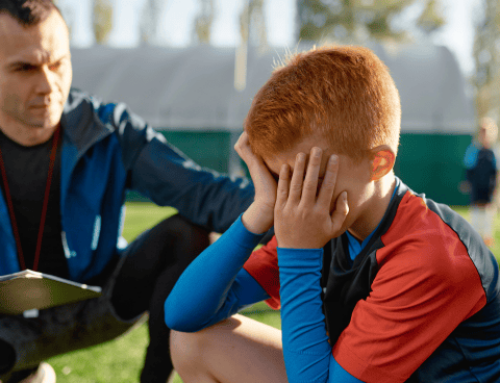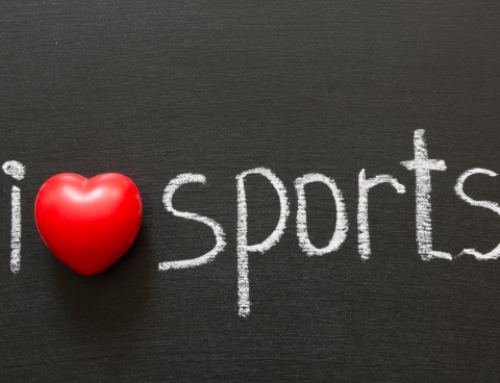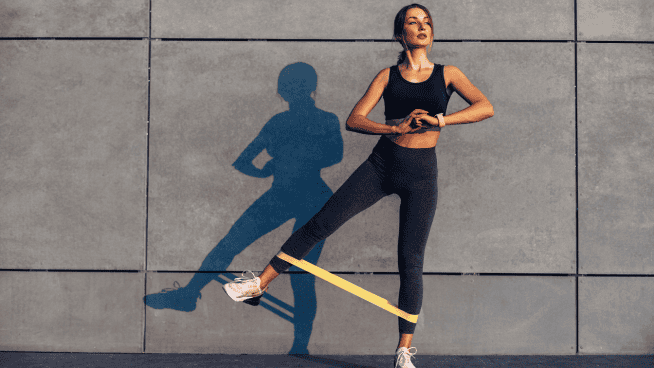Skateboarding Drills for Beginners
It seems as though, wherever you’re at, you’re never more than a few miles away from some skate park feature. It’s a great way to meet people with similar interest and do it in a safe place – meaning away from cars! The problem is that you can’t just jump on a skateboard and expect to hit the vert ramp or half pipe without getting hurt. At least not before learning some basic skills because, believe it or not, staying on these little wheeled rockets is much harder than it looks. Though this article may not have you doing ollie’s tomorrow, following these tips will give you enough confidence and skill to stay on your board with confidence until you’re ready for bigger and better things.
Skateboarding Drills for Beginners
Skateboard Balance
The most basic skill required to skateboard is balance. Just like anything else, going in a straight line is much easier than trying to turn. Once you get your board, you’re going to adjust. Underneath your board, you’ll find your trucks. This is the metal axle assembly that attaches the wheels to the board. There’s a large adjustment nut on both trucks. This will control how easily the board turns by allowing more or less side-to-side movement. The tighter the bolt, the stiffer the board will stay and the harder is it to turn. Beginners will tighten this bolt. Once the board is made as stable as possible, you can begin riding it in a straight line without having to worry about the balance and turning as much. You’re simply going to practice getting some momentum on the board and get used to “pushing.” You’ll put your dominant foot near the nose of the board (the front) facing forward. While keeping most of your weight on your front foot, push off with your back foot enough to get the board moving and place your back foot on the board near the tail, roughly the same distance from the back as your lead foot is from the front. Most riders will use the wheel bolts as a point of reference.
Once moving, rotate your chest so that you’re perpendicular to the board and then your feet. When you’re riding, your feet will always be perpendicular to the board, this will allow you to turn.
The Push
Take as much time as needed to get comfortable with this basic push, and rotate technique. If you can’t get comfortable with this, you won’t be able to do anything else. Assuming you’re at that point, flip the board over and loosen up the adjustment bolt on both trucks 1/4 turn each. Put the board someplace it won’t roll. Carpet, lawn, something like that is a good spot. Just stand on it in the riding positing and put some weight on your heels and then the balls of your foot, back and forth, and get used to the movement. If you feel like you can balance well enough, get back on the board and practice with some short turns.
The Turn
Take an easy push to get some momentum going, and then simply lean slightly in whatever direction you want to turn. Keep your weight low, put a little weight on your heels, and then return to your skating position to straighten out. Next, lean slightly forward with a weight near the front of your foot and feel the front turn before once again returning to the skating position. The more comfortable you get with this, the more you can loosen your trucks. The looser they are, the more quickly you’ll turn. Keep in mind, though. with that. A board will also become harder to keep straight.
Consistency
Just like everything else we do on a regular basis, the more we do it the better we get. Skateboarding is no different. In order to get comfortable on your board, you have to be on it often. Because you use muscles differently than you’re used to, muscle endurance becomes a factor. There’s a great exercise you can use your board for to help train the exact muscles you’ll be using when you skate. By doing this movement, your legs will get stronger and your muscle endurance will be better, you’ll also improve your balance significantly. Simply take your board and stand on it, feet roughly shoulder width apart. You’ll perform a slow, deep squat. Keep your hands in front of you, chin up, chest and but out. Take a full three count down and a two count coming back up. You don’t have to do this endlessly. Simply doing three sets of ten to twelve repetitions before you skate will make a huge difference. The first time you do this, the adjustment on your trucks should be tight so that there’s not much sway in your board. The more comfortable you get, the more you should loosen the bolt. The looser it is, the more the board will sway as it would when you ride it.
Consistency is key. Ride often and drill often. The more you can do, the more quickly you’ll become a confident rider.
The process takes a little time to get down, but once you’re comfortable staying on the board through your turns and keeping your balance, and getting back into your stance after pushing, you’ll be able to start adding some more fun things into your repertoire. As is the case with everything, you must learn to walk before running.
RECOMMENDED FOR YOU
MOST POPULAR
Skateboarding Drills for Beginners
It seems as though, wherever you’re at, you’re never more than a few miles away from some skate park feature. It’s a great way to meet people with similar interest and do it in a safe place – meaning away from cars! The problem is that you can’t just jump on a skateboard and expect to hit the vert ramp or half pipe without getting hurt. At least not before learning some basic skills because, believe it or not, staying on these little wheeled rockets is much harder than it looks. Though this article may not have you doing ollie’s tomorrow, following these tips will give you enough confidence and skill to stay on your board with confidence until you’re ready for bigger and better things.
Skateboarding Drills for Beginners
Skateboard Balance
The most basic skill required to skateboard is balance. Just like anything else, going in a straight line is much easier than trying to turn. Once you get your board, you’re going to adjust. Underneath your board, you’ll find your trucks. This is the metal axle assembly that attaches the wheels to the board. There’s a large adjustment nut on both trucks. This will control how easily the board turns by allowing more or less side-to-side movement. The tighter the bolt, the stiffer the board will stay and the harder is it to turn. Beginners will tighten this bolt. Once the board is made as stable as possible, you can begin riding it in a straight line without having to worry about the balance and turning as much. You’re simply going to practice getting some momentum on the board and get used to “pushing.” You’ll put your dominant foot near the nose of the board (the front) facing forward. While keeping most of your weight on your front foot, push off with your back foot enough to get the board moving and place your back foot on the board near the tail, roughly the same distance from the back as your lead foot is from the front. Most riders will use the wheel bolts as a point of reference.
Once moving, rotate your chest so that you’re perpendicular to the board and then your feet. When you’re riding, your feet will always be perpendicular to the board, this will allow you to turn.
The Push
Take as much time as needed to get comfortable with this basic push, and rotate technique. If you can’t get comfortable with this, you won’t be able to do anything else. Assuming you’re at that point, flip the board over and loosen up the adjustment bolt on both trucks 1/4 turn each. Put the board someplace it won’t roll. Carpet, lawn, something like that is a good spot. Just stand on it in the riding positing and put some weight on your heels and then the balls of your foot, back and forth, and get used to the movement. If you feel like you can balance well enough, get back on the board and practice with some short turns.
The Turn
Take an easy push to get some momentum going, and then simply lean slightly in whatever direction you want to turn. Keep your weight low, put a little weight on your heels, and then return to your skating position to straighten out. Next, lean slightly forward with a weight near the front of your foot and feel the front turn before once again returning to the skating position. The more comfortable you get with this, the more you can loosen your trucks. The looser they are, the more quickly you’ll turn. Keep in mind, though. with that. A board will also become harder to keep straight.
Consistency
Just like everything else we do on a regular basis, the more we do it the better we get. Skateboarding is no different. In order to get comfortable on your board, you have to be on it often. Because you use muscles differently than you’re used to, muscle endurance becomes a factor. There’s a great exercise you can use your board for to help train the exact muscles you’ll be using when you skate. By doing this movement, your legs will get stronger and your muscle endurance will be better, you’ll also improve your balance significantly. Simply take your board and stand on it, feet roughly shoulder width apart. You’ll perform a slow, deep squat. Keep your hands in front of you, chin up, chest and but out. Take a full three count down and a two count coming back up. You don’t have to do this endlessly. Simply doing three sets of ten to twelve repetitions before you skate will make a huge difference. The first time you do this, the adjustment on your trucks should be tight so that there’s not much sway in your board. The more comfortable you get, the more you should loosen the bolt. The looser it is, the more the board will sway as it would when you ride it.
Consistency is key. Ride often and drill often. The more you can do, the more quickly you’ll become a confident rider.
The process takes a little time to get down, but once you’re comfortable staying on the board through your turns and keeping your balance, and getting back into your stance after pushing, you’ll be able to start adding some more fun things into your repertoire. As is the case with everything, you must learn to walk before running.











